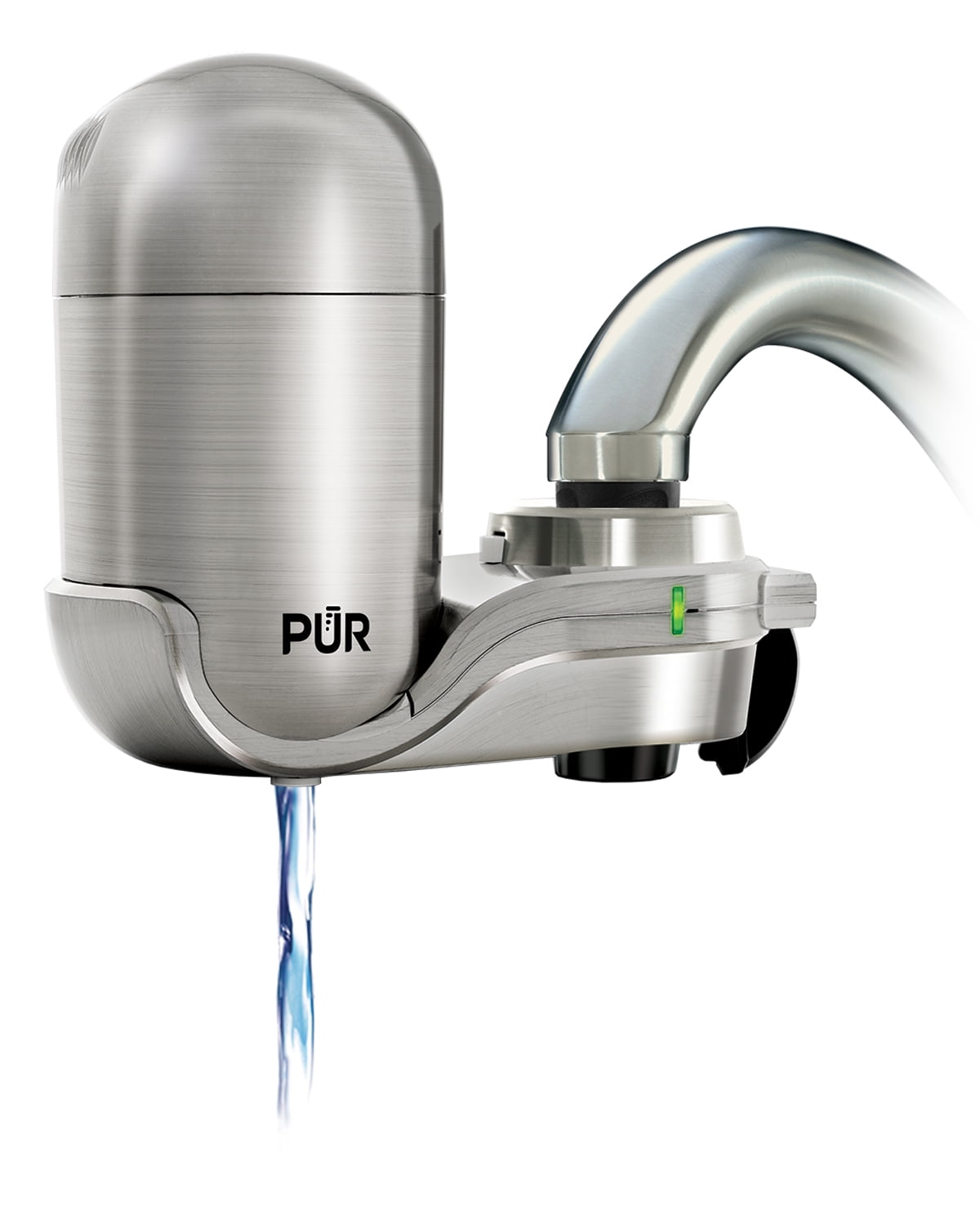
Dive Into the World of Pipes: A Plumbing Adventure

Welcome to the fascinating world of plumbing! From drip-drops to flowing faucets, plumbing plays a crucial role in our daily lives that often goes unnoticed. It’s the intricate network of pipes, valves, and fixtures that keep our homes, businesses, and communities running smoothly. As we embark on this plumbing adventure together, we’ll explore the inner workings of this essential system that delivers clean water and removes wastewater from our buildings.
Plumbing is more than just fixing leaks and unclogging drains – it’s a complex and vital infrastructure that requires precision, skill, and knowledge. Whether it’s a simple repair or a major installation, understanding the fundamentals of plumbing is key to maintaining the functionality and efficiency of our water systems. So, grab your tools and get ready to dive deep into the world of pipes, where we’ll unravel the mysteries and marvels of this indispensable trade.
Types of Pipes
There are several types of pipes commonly used in plumbing systems. One of the most traditional materials for pipes is copper. Copper pipes are known for their durability and reliability, making them a popular choice for both residential and commercial plumbing applications.
Brass Water Line Adapter
Another common type of pipe is PVC, which stands for polyvinyl chloride. PVC pipes are lightweight, affordable, and resistant to corrosion, making them suitable for various plumbing tasks. They are often used for water supply lines and drainage systems due to their versatility and ease of installation.
In addition to copper and PVC, another type of pipe that is gaining popularity is PEX. Cross-linked polyethylene or PEX pipes are flexible, making them easy to work with in tight spaces. They are also known for their resistance to freezing temperatures, making them a great choice for cold climates.
Common Plumbing Issues
Leaky Faucets: One of the most common plumbing issues that homeowners experience is dealing with leaky faucets. Whether it’s a slow drip or a steady stream of water, a leaky faucet can waste a significant amount of water and lead to higher utility bills if not promptly addressed.
Clogged Drains: Another frequent plumbing problem is clogged drains. From kitchen sinks to shower drains, blockages can occur due to a buildup of grease, hair, soap scum, or other debris. If left untreated, clogged drains can cause water to back up and create unpleasant odors.
Running Toilets: A running toilet is a common annoyance that can also waste a significant amount of water. This issue is often caused by a faulty flapper valve or a problem with the fill valve. Ignoring a running toilet can lead to water waste and potentially higher water bills.
Maintenance Tips
Regular maintenance is essential to keep your plumbing system in top-notch condition. Start by checking for any leaks in faucets, pipes, and fixtures. Addressing leaks promptly can prevent water damage and help conserve water. Additionally, inspect the pipes under sinks and around water-using appliances for any signs of wear or corrosion.
Another important maintenance tip is to monitor water pressure regularly. High water pressure can put strain on your pipes and fixtures, leading to potential leaks or failures. Consider installing a pressure regulator to ensure the water pressure remains at a safe level throughout your plumbing system. Lastly, don’t forget to flush out your water heater regularly to remove sediment buildup and maintain its efficiency. This simple maintenance task can extend the lifespan of your water heater and improve its performance.



